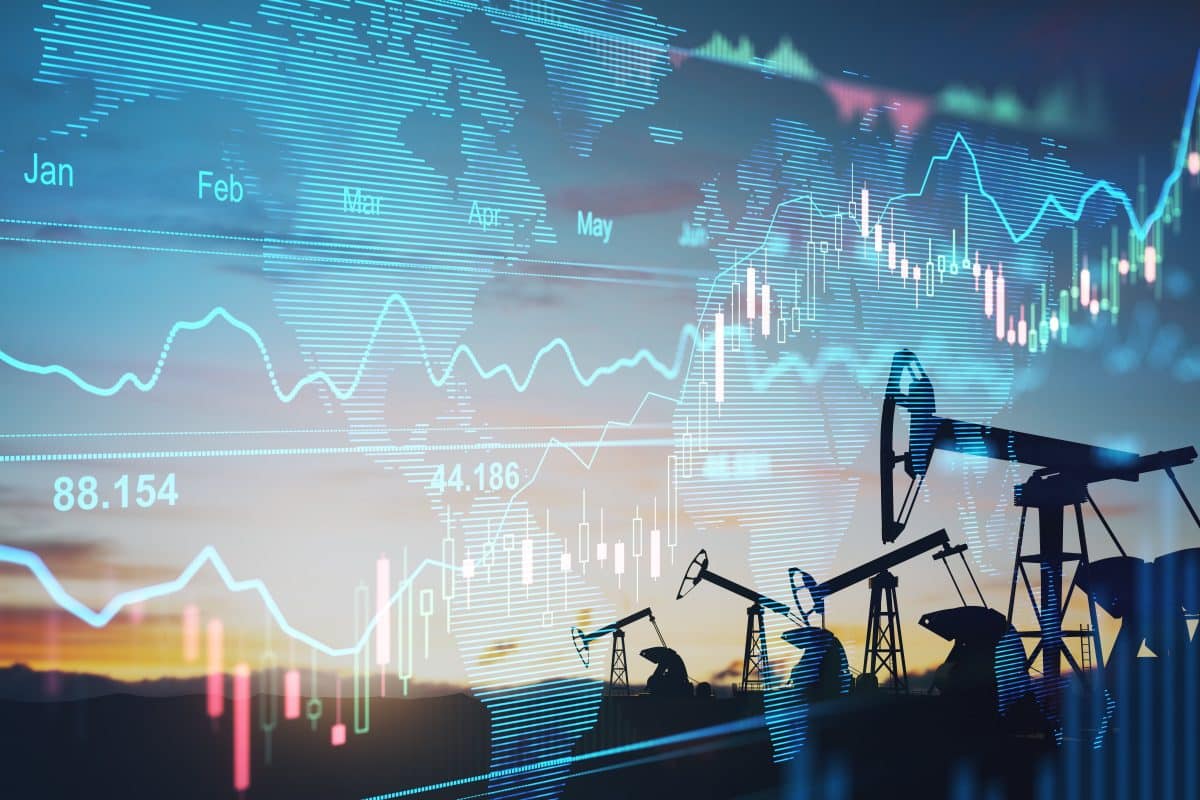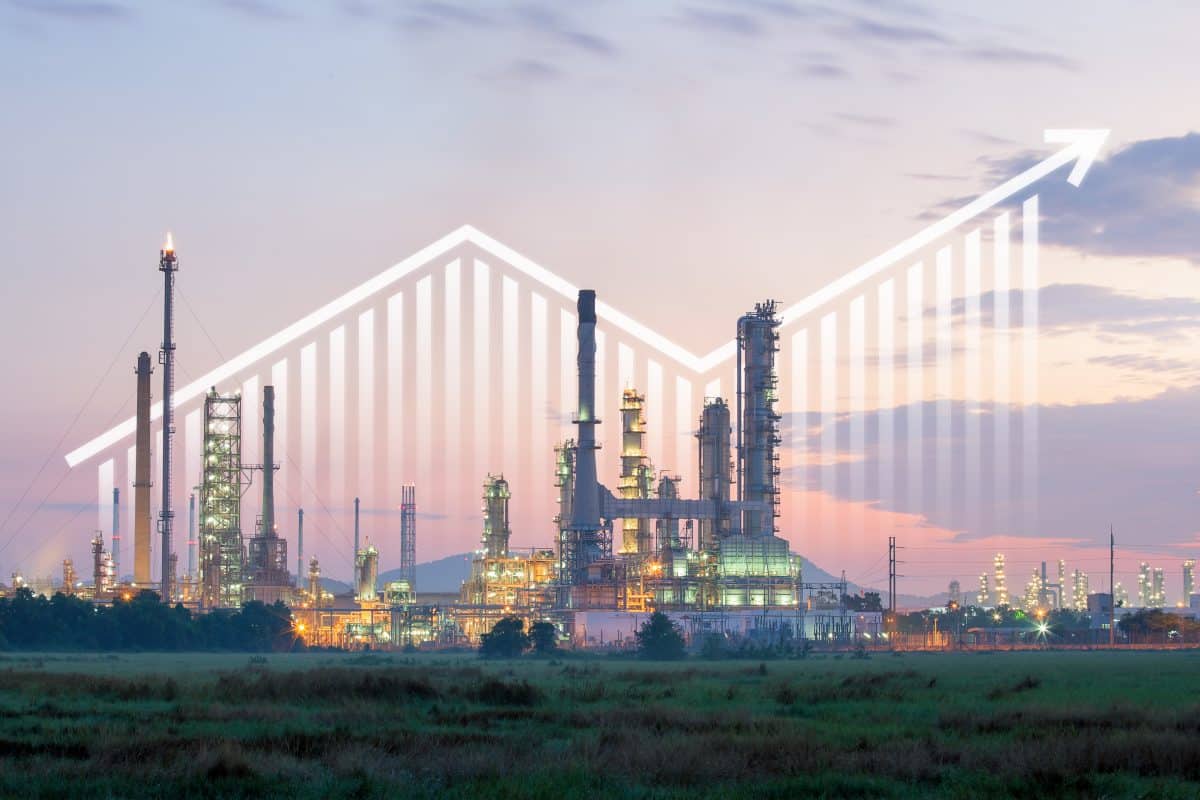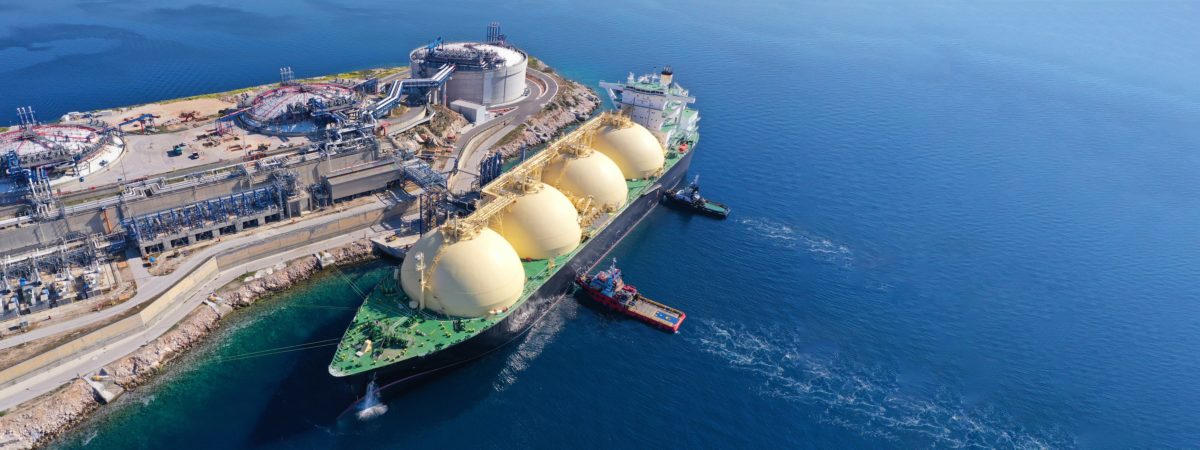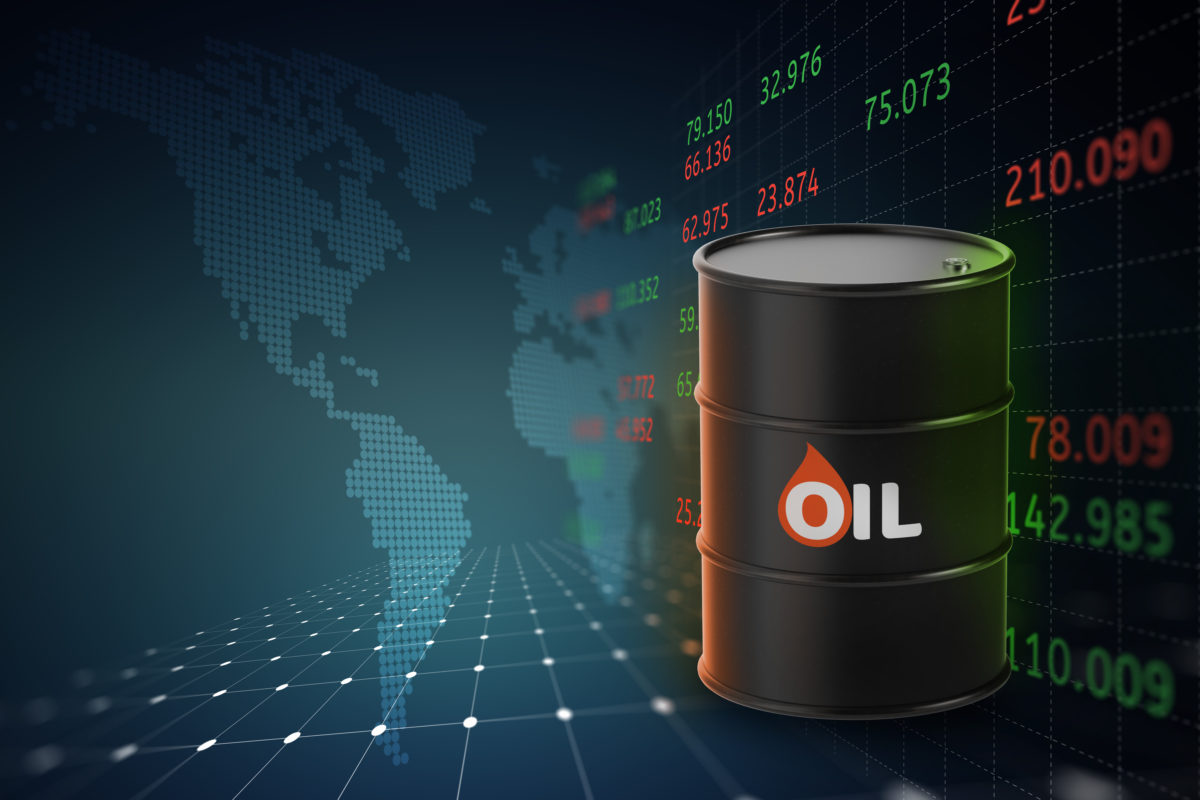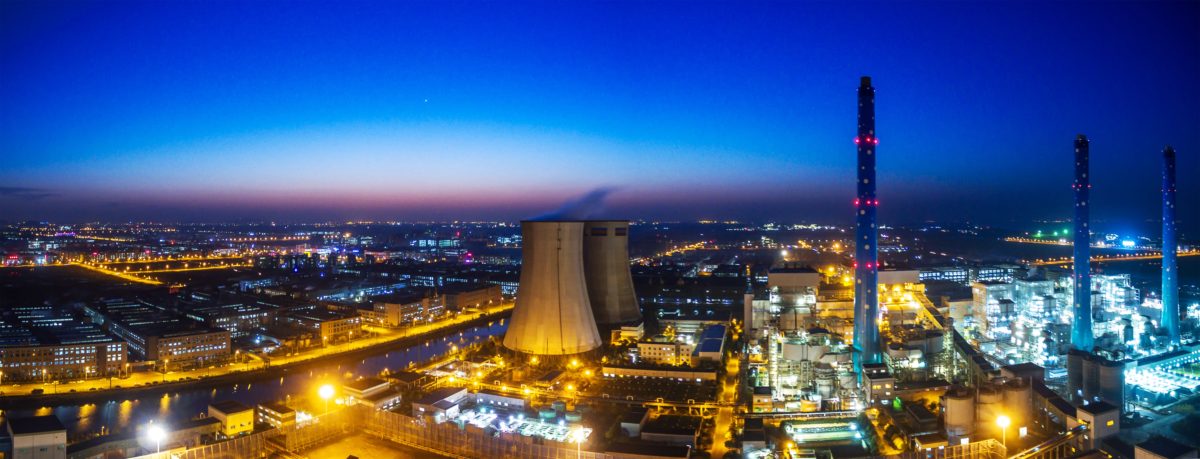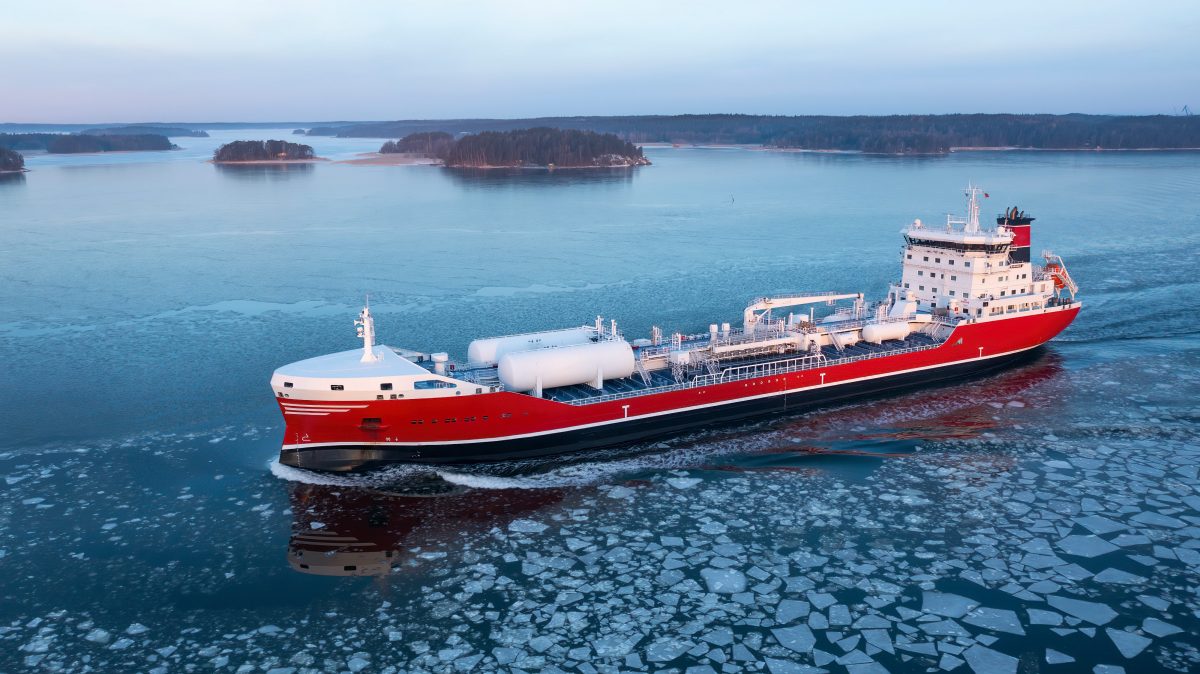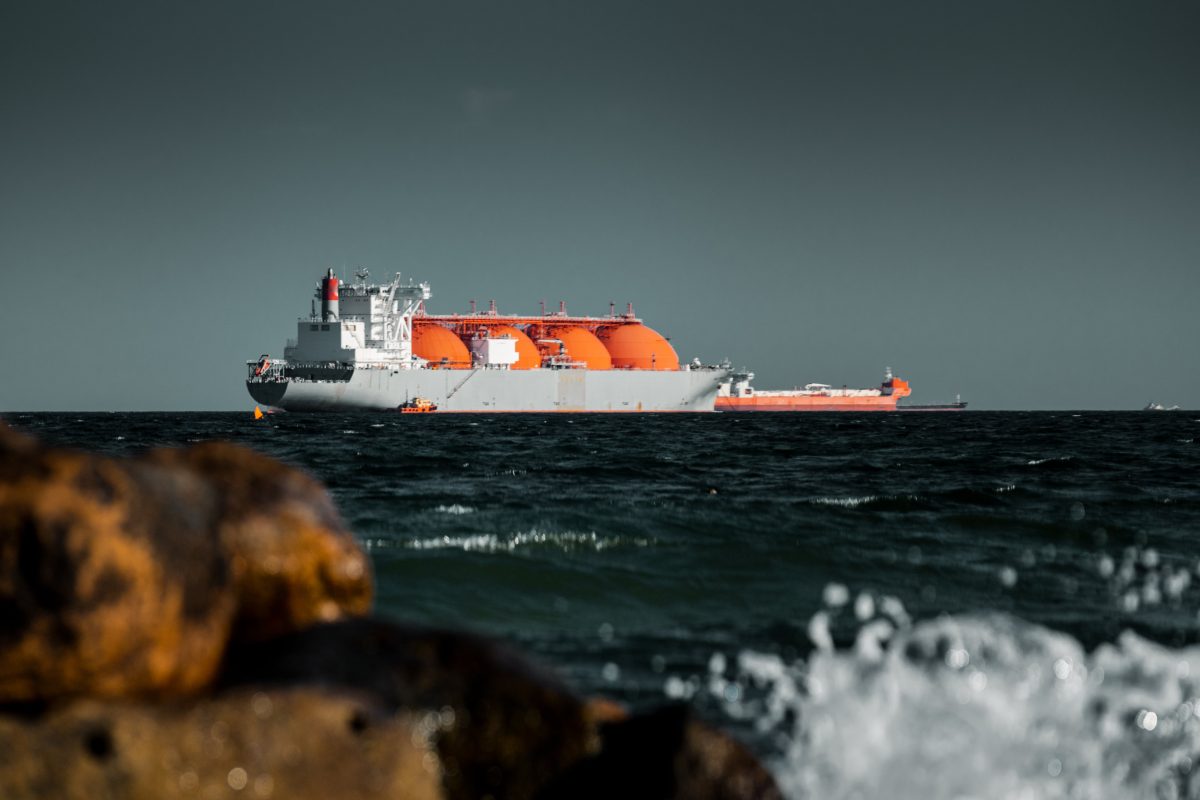When Switzerland joined sanctions against Moscow, a chunk of the world’s oil trade relocated to the Middle East. Some predict it will stay there.
For decades, the lakeside city of Geneva was home to many of the traders who sold Russia’s oil to consumers around the world. But since Switzerland joined the embargo imposed on Moscow following its invasion of Ukraine much of that trade has shifted to Dubai and other cities in the United Arab Emirates.
Companies registered in the small Gulf state bought at least 39 million tonnes of Russian oil worth more than $17 billion (CHF14.6 billion) between January and April – around a third of the country’s exports declared to customs during that period – according to Russian customs documentation analysed by the Financial Times.
Some of that oil ended up in the UAE, ship-tracking data shows, landing at storage terminals in places such as Fujairah. The rest – about 90% – never touched Emirati soil, instead flowing from Russian ports directly to new buyers in Asia, Africa and South America as part of one of the biggest redirections of global energy flows in history.
The energy trading industry in the UAE was already growing before Vladimir Putin’s invasion of Ukraine. But the conflict, and the western sanctions that followed it, have supercharged that growth.
Out of the top 20 traders of Russian crude in the first four months of the year, eight were registered in the UAE, the customs data shows. In refined petroleum products, such as diesel and fuel oil, UAE dominance was even higher, with ten of the 20 largest traders registered in the country.
The trading boom has further enriched the nation, moving billions of dollars of additional oil revenue through its banks and attracting dozens of new companies to its free-trade zones. It has also tested relations with allies such as the US, which wants Russian oil to flow but is wary of creating new trade routes that undermine sanctions.
Executives at trading houses say Dubai, the UAE’s main commercial centre, is a heady mix of excitement, competition and suspicion as new trading teams battle for talent and trade flow in a market suddenly rife with buyers and sellers.
“If you are an oil trader, this is where you want to be,” says Matt Stanley, a former trader and 20-year industry veteran who now manages client relationships in the region for data provider Kpler. “Dubai is the new Geneva.”
Political neutrality
The UAE, which juts from the Arabian peninsula into the Gulf of Oman, has been an important commercial hub for centuries, attracting merchants who shuttled goods between Europe and Asia. In recent years it has become a major trading location for gold, diamonds and agricultural commodities, such as tea and coffee, helped by its modern business infrastructure, banking services and light-touch regulation.
The UAE is the world’s eighth-largest oil producer, but historically has not been a major oil trading location. Volumes were modest and Adnoc, Abu Dhabi’s state oil company, only set up its own trading arm three years ago.
However, the country’s proximity to growing oil markets in Africa and Asia and the absence of personal income taxes had started to attract more profit-hungry traders even before the war in Ukraine.
“This is one of the last locations in the world to live and not pay tax,” says the chief financial officer of one trading house. Traders in his group’s other offices around the world are now regularly requesting moves to Dubai, he adds. “This will become the global commodity trading hub.”
Another attraction is the UAE’s perceived political neutrality in a world where rivalries between global powers mean Russia is unlikely to be the last country to face European or US sanctions on its exports.
“The UAE gives you that platform to transact, trade and travel freely,” says the chief executive of an energy trading company set up in Dubai in the past five years.
But for all the UAE’s success in building modern business infrastructure and capitalising on its geographical location, it is the war in Ukraine and the UAE’s willingness to welcome Russian businesses that are driving the current boom. “The Ukraine crisis put it on steroids,” the chief executive says.
Russian boom
The Dubai Multi Commodities Centre (DMCC), in the city’s gleaming Jumeirah Lake Towers district, is one of the UAE’s biggest and most successful free zones. A three-dimensional model in the lobby of the headquarters displays the district’s 87 gleaming residential and commercial towers across its two-square-kilometre site, home to 22,000 registered companies.
It is also, arguably, the new centre of the Russian oil trading universe. Out of the 104 buyers of Russian oil listed on Russian customs declarations between January and April, at least 25 were companies registered in the DMCC.
Litasco, a trading arm of Russia’s Lukoil, traded almost 16 million tonnes of Russian crude and refined fuels between January and April worth more than $7 billion, making it the biggest single buyer of Russian oil during the period, according to the customs data. Most of the trading was done by Litasco Middle East DMCC, the declarations show.
The company previously had only a representative office in the UAE, but some of its trading operations moved from Geneva to Dubai last year. One former Litasco trader says the group had taken over an entire floor in a high-rise tower at the heart of the free zone. Switzerland-headquartered Litasco declined to comment.
DMCC-registered Demex Trading and Qamah Logistics are also among the larger traders of Russian crude. Both were incorporated during the past three years; neither could be reached for comment.
Trading Russian oil from Dubai is not illegal. Western sanctions only prohibit imports into the EU, UK and other countries enforcing the G7’s rules, such as Switzerland. Under the restrictions western companies can also continue selling Russian oil to other parts of the world if that oil is sold under a certain price.
The measures have been designed to keep Russian oil flowing to new non-western buyers, while reducing the revenue flowing to the Kremlin. Washington has even encouraged traders to keep moving Russian oil to avoid supply disruptions, provided they trade below the relevant price cap.
While Dubai-registered traders are not obliged to comply with the price cap, some have chosen to do so in order to maintain access to western services such as shipping, banking and insurance.
Geneva-based Gunvor, for example, has said it incorporated a second entity in Dubai in October to segregate “the handling and financing of any potential Russia-related deals” from the rest of its trading activities.
Gunvor had ceased trading Russian crude but bought about $330 million of Russian refined fuels between January and April, all in compliance with the west’s sanctions and price cap policy, it told the FT in June. It disputed some of the customs data, which showed exports by Gunvor worth over $500 million during the period.
Helima Croft, a former CIA analyst and global head of commodities research at RBC Capital Markets, says Washington does not mind where Russian oil is traded from provided it is done transparently. “As long as these Russian barrels are below the cap, these trading houses are doing nothing wrong,” she says. “It’s Washington’s price cap plan in action.”
Other traders, however, appear to be using Dubai-based subsidiaries to buy and sell oil above the cap by employing non-European shipping and financial service providers.
Paramount Energy and Commodities, for example, transferred its Russian trading activity last year from Geneva to a DMCC-registered subsidiary, which has continued to market a crude blend from eastern Russia that has consistently traded above the G7’s $60-a-barrel cap, according to pricing data. Swiss authorities questioned the trader in April about its switch to Dubai, the FT reported in July.
Paramount said at the time that it had responded to the questions in full, informing the regulator that the Swiss entity had ceased all transactions involving Russian oil before the price cap took effect and that its UAE affiliate was a separate legal entity with different directors.
Rosneft’s traders?
The biggest contributors to Dubai’s Russian oil boom, however, are not established players but a network of previously unknown companies with opaque ownership structures that are collectively moving billions of dollars of oil a month.
Among the largest traders of both crude oil and refined fuels from Russia is a company called Tejarinaft FZCO, registered in another free zone called Dubai Silicon Oasis.
Tejarinaft – “oil trade” in Arabic – was incorporated two months after the Russian invasion. Corporate records list Hicham Fizazi, a Moroccan national, as the sole director and the general manager. He is the only named shareholder, although the records do not disclose whether he owns all or part of the company.
Corporate records reviewed by the FT also list Fizazi as the sole director and only named shareholder of at least two other UAE-registered companies trading Russian oil: Amur Trading FZCO, registered in Dubai Silicon Oasis in August, and Amur Investments Ltd, registered in Abu Dhabi in September.
Rival traders say they had never heard of Fizazi before last year. They believe the three companies are part of a network set up by, or on behalf of, Rosneft to help the Kremlin-controlled producer to move its oil after European former partners such as Trafigura and Vitol stepped away from trading Russian crude last year.
Customs declarations suggest that Tejarinaft, Amur Trading and Amur Investments have only ever exported oil from Rosneft or Rosneft projects, trading almost $8 billion of Russian crude and refined fuels from the producer between September and April.
Tejarinaft alone exported $6.71 billion of Russian oil between September and March, exclusively for Rosneft, according to the 394 customs declarations during the period.
Rosneft did not respond to a request for comment. Emails to the address provided on Tejarinaft’s website bounced back as undeliverable, the telephone number listed there connected to a general inquiries line for the free zone while the online “contact us” form did not work. Amur Trading and Amur Investments could not be reached.
Ben Higgins, a Dubai-based investigations specialist at risk consultancy Wallbrook, part of Anthesis, says he has seen a big increase in requests from banks and other corporate clients for further diligence on Dubai-registered trading companies over the past year.
“Incorporated across various Dubai free zones, the target entities are often very low profile and their owners – on paper – aren’t Russian nationals,” he says. “Deeper research and analysis, however, often find multiple leads back to Russia.”
Some of the individuals Wallbrook has investigated also appear to have played similar roles in businesses dealing with oil from Iran or Venezuela, Higgins says, “always a hop ahead of the authorities, shuffling between hotspots such as Cyprus, Hong Kong, Latvia and Dubai”.
‘Faith in the system’
While the Russian oil trading business is scattered across Dubai’s sparkling high-rise offices, the heart of the physical trade is 100 kilometres east at the dusty port city of Fujairah.
The Fujairah Oil Industry Zone (FOIZ) is the largest commercial storage facility in the region for refined oil products. The site’s 262 towering white storage tanks stretch for several kilometres along either side of the road from the port. Right now many of them are filled to the brim with oil, much of it from Russia.
Monthly imports of Russian fuels into Fujairah increased from nothing in April 2022 to a peak of 141,000 barrels a day during December. According to Pamela Munger, an oil analyst at data provider Vortexa, that represented 40% of all fuel flowing into the terminal that month. Last month, Fujairah received an average of 105,000 barrels a day from Russia, the data shows.
The influx has driven up the prices operators can charge for storage but also created a “two tier market, where those tanks willing to take Russian product can charge a premium,” one Dubai-based oil trader said. FOIZ did not respond to a request for comment.
VTTI, which is partly owned by Vitol, is one of a handful of western companies operating storage tanks at Fujairah. VTTI said it did accept Russian fuels into its tanks and stressed that “there are no sanctions in UAE with regards to Russian products, nor are western sanctions applicable to the UAE”.
“Hence, product owners are allowed to move and trade Russian products into and through UAE […] and storage companies are allowed to store Russian product in the UAE,” it said. Even if a cargo was required to comply with the G7’s price cap – for example, because it had been bought or sold by a western company or had used western shipping or insurance services – those restrictions did not apply to the storage provider, it added.
A further sign of the boom in activity at Fujairah was the purchase in May by Dubai-based newcomer Montfort of an oil refinery in the FOIZ previously owned by German utility Uniper. Montfort, set up by former Trafigura trader Rashad Kussad in 2021, outbid several companies including Vitol, which owns a neighbouring facility, according to three people familiar with the deal.
Russian situation was just the start
Montfort declined to comment further on the deal, adding that its commodity trading activities at Fujairah, and elsewhere in the world, comply with “all applicable laws, regulations, and sanctions, including those of the EU, Switzerland, UK and US”.
Such investments in physical infrastructure may have been precipitated by the war in Ukraine, but they also reflect a growing belief in the UAE that even if the Russian-fuelled boom eventually wanes, the global oil trading landscape has been changed forever.
“People put the cause as the Russian situation, but that was just the start of it,” says one UAE-based trading executive, who now expects European commodity bankers to follow the traders to Dubai as Emirati banks seek to expand their service offering for the sector.
For Russian oil, as for many Russian nationals, Dubai has proved to be a welcoming, but potentially temporary, home while the war in Ukraine continues. For the scores of expatriate oil traders manning trading desks across the city, the move looks more permanent.
“It is no longer a transitory environment, where you say: ‘I’ll try my luck and if I lose money I’ll hand back the keys and fly back to Europe’,” says Kpler’s Stanley. “People are now setting up roots here. People have got faith in the system.”
swissinfo.ch by Tom Wilson, August 4, 2023

